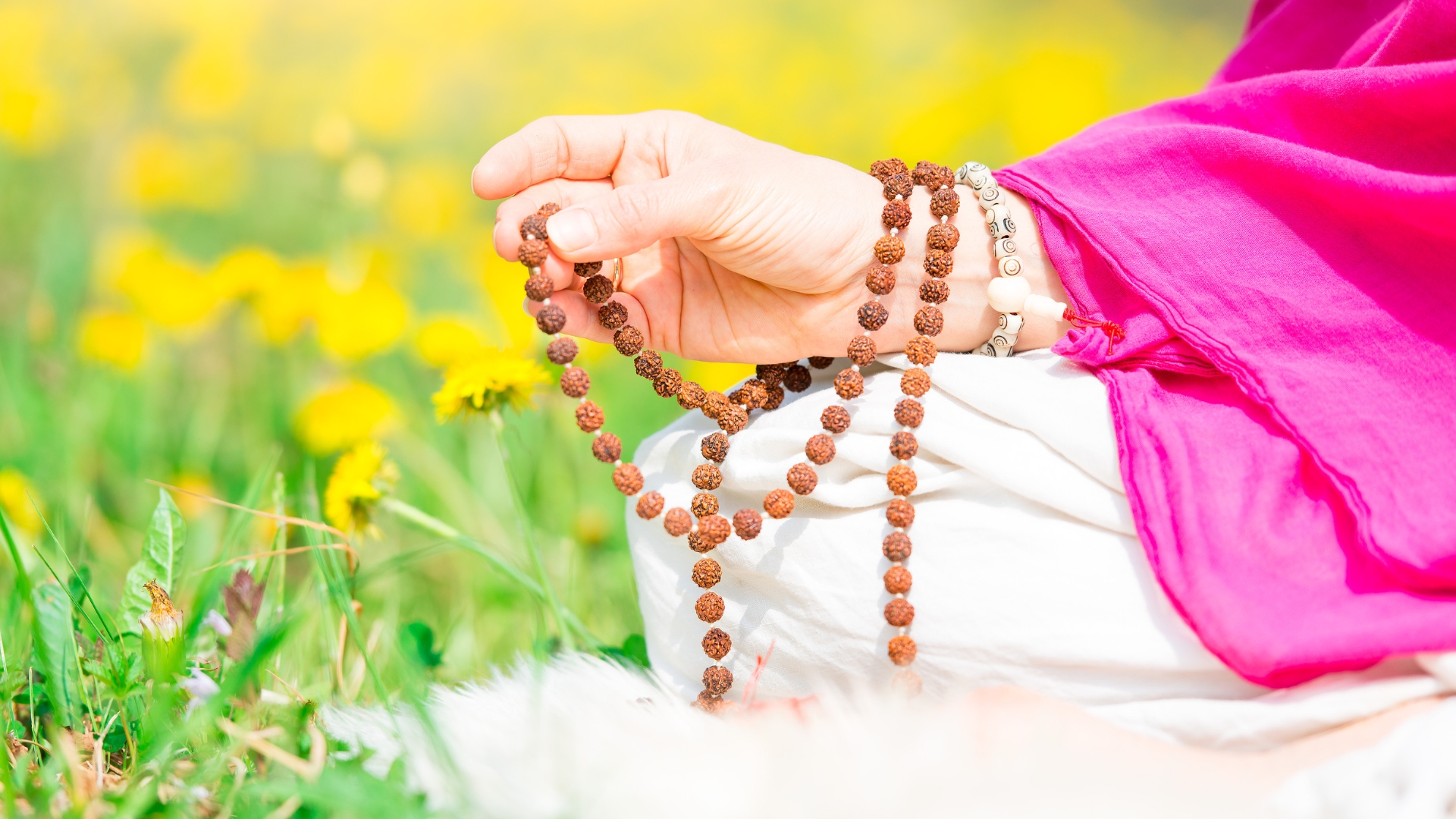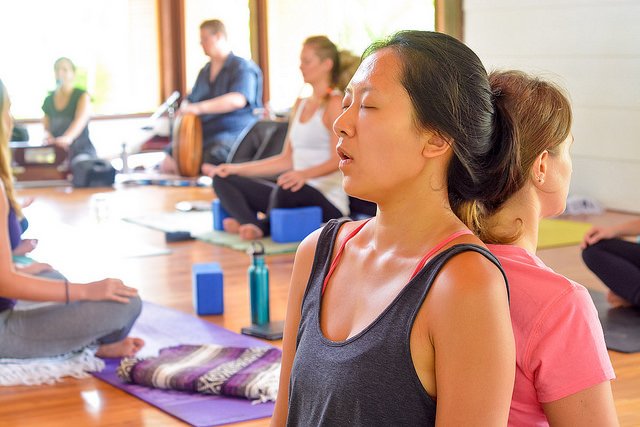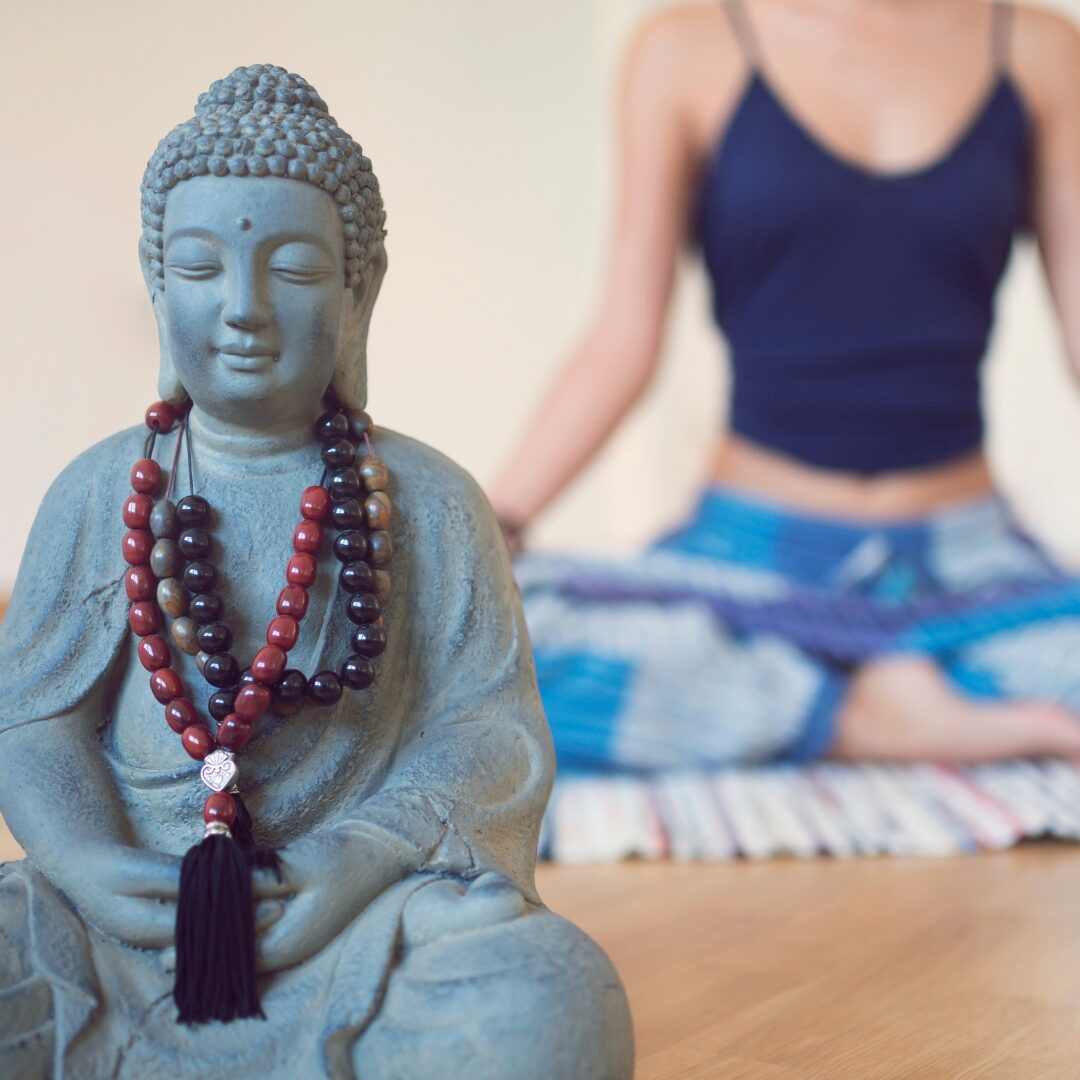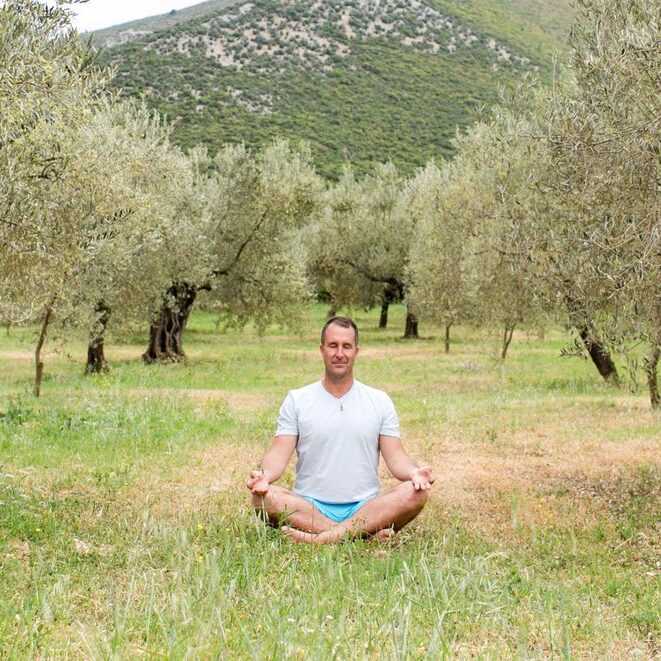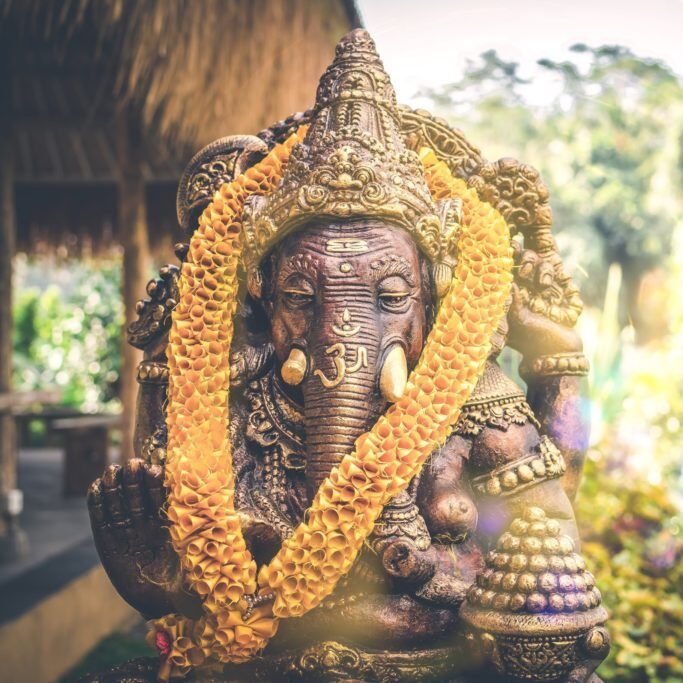The word mantra comes from Sanskrit, an ancient Indian language dating back almost four millennia. Today, Sanskrit is used only as a liturgical language in Hinduism and some prominent texts of Buddhism and Jainism.
Difference Between a Mantra and an Affirmation
The use of mantras is ancient but has only been adopted by popular Western culture in the last few decades. Of course, there are some ways that mantras are used today that do not exactly accurately represent their origins, such as the concept of a “corporate mantra”.
Some also confuse a mantra with an affirmation. Both are used to cultivate self-care and nourish your mind but they have very different origins and uses. Positive affirmations were developed in the 1970’s by neuroscientists, to consciously rewire thought patterns toward more desired outcomes. Affirmations typically begin with an “I am” statement or sentence addressing something we wish to have or be as if we already have it in the present moment.
Positive affirmations can be very beneficial, but there’s a reason why the use and practice of mantra meditation has been around for millennia and why we teach it at our yoga teacher trainings.
So, what exactly is a mantra in its true form? How does one use a mantra? What benefits can be brought into a person’s life with a mantra? Let’s dive into the magic behind mantras.
What is a mantra?
Simply put, a mantra is a single word, phrase, set of syllables or just a sound that acts as a focal point for the mind while engaging in some form of prayer, meditation, tantra, yoga or other focused thought or physical activity. In the Eastern world, it is believed that mantras – whether thought or stated out loud – can affect our physical vibration and over time impact our perception or circumstances in a positive way.
The oldest recorded mantras were written in Vedic Sanskrit, making them at least three millennia old. They have since appeared in many forms and languages, mostly in religious traditions such as Hinduism, Buddhism, Sikhism, Taoism and Christianity.
The word mantra literally translates as “instrument of thought”. Repetition of a mantra is used as a tool to aid in concentration. One of the most common mantras is some kind of variation of “om shanti”. ”Om” is generally understood as the vibration of the universe and “shanti” is the Sanskrit word for peace, calm, or bliss.
A typical mantra of this kind could be something like “om shanti om” or “om shanti shanti shanti”. The latter stands for peace of three kinds all at once: peace of mind, peace of speech, and peace of body.
This mantra also represents the wish for individual peace, peace in a collective, and universal peace. Using such a mantra during meditation not only helps to clear the mind of other thoughts but also focuses the mind on the singular idea of peace and thus helps bring it forward in your mind.
Mantras for the Brain
It is now becoming clear to Western science that the regular use of mantras in meditation can have significant neurological effects. The health benefits include a more peaceful mind and a calmer nervous system. There have been several studies using brain-imaging technology to monitor participants’ neurological activity during meditation using a mantra. These studies have found that people using mantras while meditating are able to achieve a deactivated state of the typical mode network of the brain. This generally translated to experiencing fewer thoughts and feeling more relaxed. These studies show that regardless of the actual meaning of the mantra used, this state of relaxation can be achieved simply by repeating the same thing over and over again.
As if relaxation wasn’t enough of a reason to develop a mantra practice, there are even more ways mantras can positively impact your health:
- Help with problem-solving
- Reduce stress and anxiety
- Increase the likelihood of personal success
- Increase positive emotions
- Improve relationships
- Increase confidence
- Create inner clarity
Finding a mantra that works for you
Mantras for Beginners
Knowing what a powerful tool mantras can be, finding one that suits you is a worthy experiment. Although the neurological effects may be more or less the same regardless of what the mantra actually is, you may not feel the same about all possible mantras that you could use in your own meditation practice.
Short and simple mantras can be a great place to start your practice. We recommend you start looking among the classical Sanskrit mantras for ones that feel good in your practice, such as the “om shanti” mantra mentioned above.
“So Hum” is another easy mantra to chant for the instant presence of mind and positivity. The mantra simulates the sound of your breath and can help you break through mental tension, anxiety, or overwhelm.
Try also extending the chant as much as possible so you can relax and deepen your breath, instructing your mind and body to relax along with it.
You may also choose to experiment with a purely phonetic mantra without any meaning behind it, perhaps even one of your own design. This can allow for the possibility to focus on how making the sounds feel in your mouth, and what they sound like to your ears.
The Gayatri Mantra
As you deepen your practice you can always try more complex mantras, such as the Gayatri mantra. This mantra dates back to the Vedic period (1500-500 BCE) and is one of the most sacred of the Vedas serving as a hymn to the sun god, Savitur.
The Gayatri has 24 syllables, and is listed below with phonetic pronunciation in parentheses:
Om bhuh, bhuvah, swaha (Aumm Bhoor Bhoo-va Su-va-ha)
Tat savitur varenyam (Tat Sa-vee-toor Var-ayn-yam)
Bhargo devasya dhimahi (Bar-go Day-vas-ya Dhee-ma-hee)
Dhiyo yo nah prachodayat (Dhee-yo Yo Nah Pra-cho-da-yaat)
A general translation of the Gayatri mantra is:
“O Divine Mother, may your pure divine light illuminate all realms (physical, mental and spiritual) of our being. Please expel any darkness from our hearts and bestow upon us the true knowledge.”
Having a more complex mantra to repeat to yourself may allow for a more complete concentration on the words, allowing you to relax and let go even deeper into your meditation.
Whatever mantra you choose, you don’t have to stick with it for life, and you can always switch between mantras depending on your mood and the kind of meditation you wish to achieve.
How To Use a Mantra
There are no rules when starting a mantra practice but you can start by setting a timer for one to five minutes and then building time onto your practice until you notice you feel centered, alert, and mindful.
A traditional way to use a mantra dating back thousands of years is to use a string of mala beads. A mala necklace has 108 beads with a tasseled bead in the middle, the 109th bead (called either the sumeru, bindu, stupa, or guru bead). The tasseled bead is never counted among the repetitions but used as a marker for a start and end of a cycle.
Here’s how to use a mala beaded necklace for your mantra practice:
- Begin by holding the mala at the tasseled bead
- Then move to the next bead using your fingers
- Begin chanting your mantra moving the beads with your fingers until you reach the tasseled bead again (a total of 108 chants)
Using this practice allows you to sink into the mantra without wondering when your timer will go off or counting how many chants you’ve done.
Mantra Takeaway
Thinking of mantras as exactly what their etymology suggests, instruments for thought, is a really useful place to start when delving into the world of mantras. Understanding them as such will not only help you understand where they came from, what purpose they’ve served historically and how they can help you, but also form your own relationship with them and see how they can help you in your meditation.
For those who are interested in the practice of mantra and meditation, Blue Osa’s immersion-style yoga teacher training takes a deep dive into this subject. You don’t have to become a yoga teacher to reap the deeply nourishing and soul-fulfilling wisdom you will learn in a yoga teacher training program, including the importance of developing a morning ritual which is the perfect time to implement your new mantra practice!


